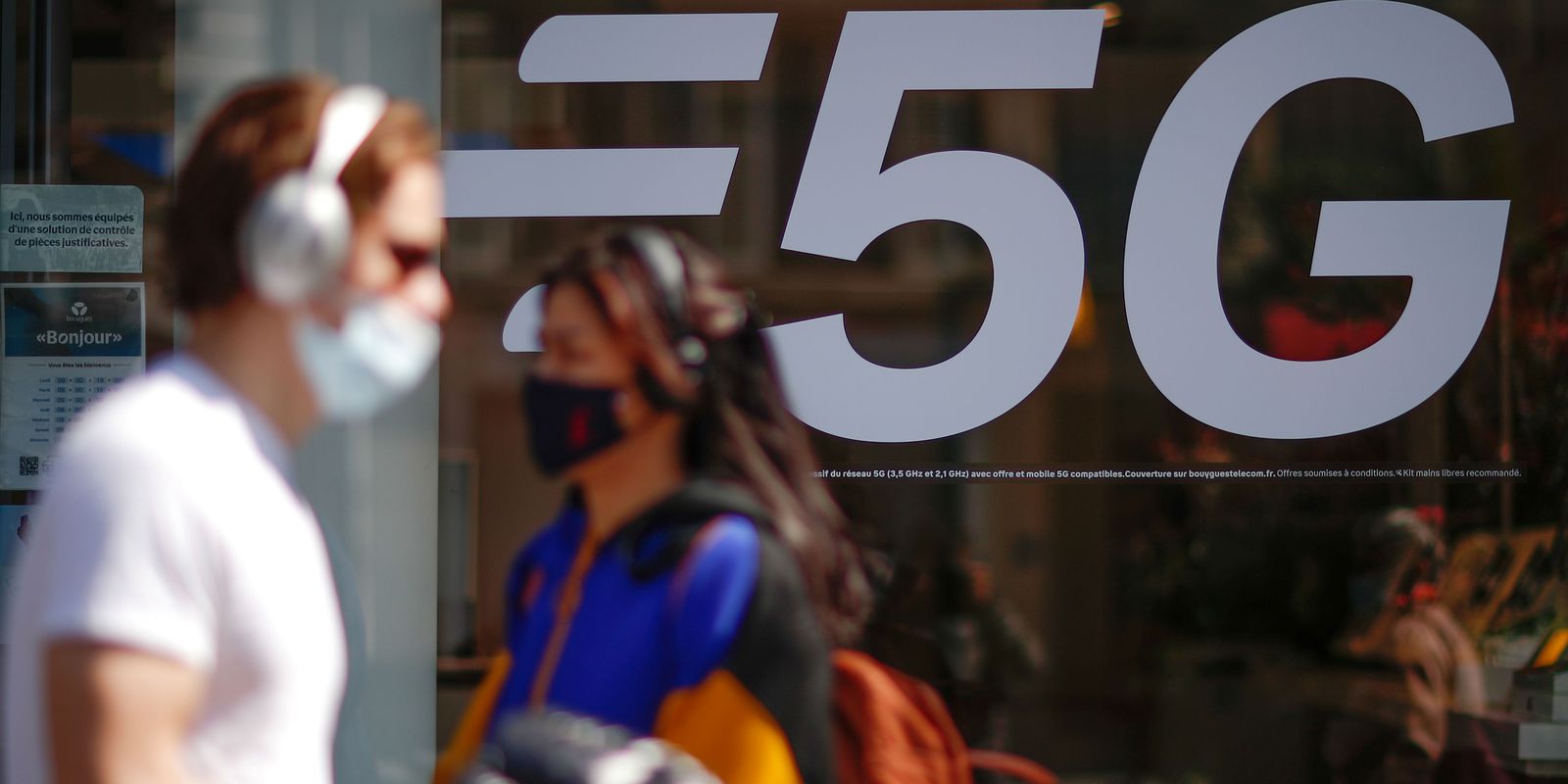The pure 5G signal (without interference from other frequencies) debuts in Brazil this Wednesday (5). The first city to offer the signal will be Brasiliawhose operation was approved last Monday (4) by the National Telecommunications Agency (Anatel).
The next generation of mobile internet, pure 5G technology offers an average speed of 1 Gigabit (Gbps), ten times higher than the 4G signal, with the possibility of reaching up to 20 Gbps. The signal has lower latency (delay) in data transmission. A 5G file can be downloaded in about 40 seconds on this system.
5G technology will allow the debut of the “internet of things”, which allows direct connection between objects through the world wide web. This technology has the potential to increase industrial production, through direct communication between machines, and enable novelties such as remote surgeries and transport in driverless cars.
TIM will be the first operator to offer pure 5G signal in Brasília. In principle, 100 antennas will be installed that will serve between 40% and 50% of the population of the Federal District. In the next two months, 64 more antennas will be operational, bringing the technology’s reach to 65% of the population.
According to the advisor and vice president of Anatel, Moisés Moreira, the next cities to receive the pure 5G signal will be Belo Horizonte, Porto Alegre and São Paulo, but the dates are not yet planned. In early June, the regulatory agency defined that, by September 29, all capitals must have the technology.
Access
To have access to 5G technology, the customer must have a chip and a device that accepts the connection. The customer needs to verify that the operator offers the service and be in the coverage area. Anatel’s website informs the list of approved cell phones for pure 5G signal.
Consumers need to be aware because there are cell phones off the list that show the 5G icon. In these cases, however, the device does not operate the pure 5G signal, but 5G in Dynamic Spectrum Sharing (DSS) or non-standalone (NSA) mode, called “impure” 5G because it operates on the same frequency as 4G, in the range of 2.3 gigahertz (GHz). Depending on the interference, the “impure” 5G signal has speeds lower than 4G.
dishes
Pure 5G will occupy the 3.5GHz band, a band partially occupied by old satellite dishes that operate with an analog signal in C Band. People with that signal will need to buy a new antenna and a Ku Band compatible receiver, for where it is. being transferred the signal from the satellite dishes. Families enrolled in the Single Registry for Social Programs of the Federal Government (CadÚnico) with old satellite dishes will receive new converters, which will eliminate the need to buy other antennas.
According to Anatel, Brasília was chosen to debut 5G technology because it has a low number of satellite dishes. According to the most recent data from the regulatory agency, there are about 3,300 satellite dishes in operation in the Federal District.
Originally, the notice of 5G auction, carried out in November last year, provided that all capitals should be served by 5G telephony until July 31. However, problems with the scarcity of chips and with delays in the production and import of electronic equipment related to the covid-19 pandemic, the schedule was delayed by two months.









